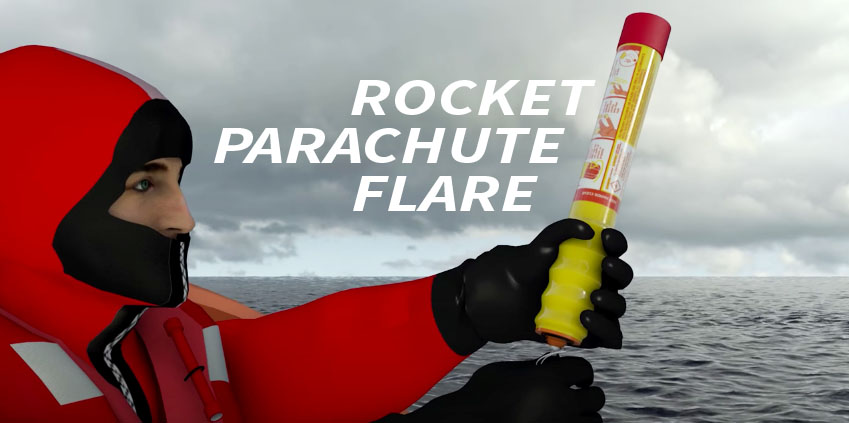Rocket parachute flares are indispensable safety equipment for any maritime expedition. Designed to provide a highly visible distress signal in emergency situations, these flares ensure that help can be summoned swiftly, even in the most challenging of conditions. Understanding the specifications and requirements of these crucial tools is paramount for any seafarer. Let’s delve into the key features and standards that define rocket parachute flares.
Water Resistance and Durability
Rocket parachute flares are encased in water-resistant casings, safeguarding their functionality in the harsh marine environment. This feature ensures that the flares remain operational even when exposed to rain, spray, or immersion in water, crucial for emergencies at sea where conditions can be unpredictable.
Clear Instructions for Ease of Use
The casing of rocket parachute flares includes clear and concise instructions or diagrams illustrating their proper utilization. This ensures that even in stressful situations, individuals can easily comprehend how to deploy the flare effectively, maximizing its potential to attract attention and signal distress.
Integral Means of Ignition
Rocket parachute flares are equipped with integral means of ignition, simplifying the activation process. This design feature eliminates the need for additional ignition devices, streamlining the deployment procedure and facilitating swift action during emergencies.
Comfort and Safety
Crucially, rocket parachute flares are designed to prioritize user comfort and safety. When activated according to the manufacturer’s instructions, these flares should not cause discomfort to the person holding the casing. This consideration is essential, as distress situations are already stressful, and the last thing individuals need is discomfort from the very tool meant to aid them.
Performance Standards
Rocket parachute flares are subject to stringent performance standards to ensure their effectiveness in emergency situations. When fired vertically, these flares must reach an altitude of not less than 300 meters. At the apex of their trajectory, they eject a parachute flare with specific characteristics:
- Bright Red Color: The flare must burn with a bright red color, enhancing its visibility against the backdrop of the sea and sky.
- Uniform Luminous Intensity: With an average luminous intensity of not less than 30,000 candelas, the flare emits a powerful light that can be seen over long distances, increasing the likelihood of being spotted by potential rescuers.
- Extended Burning Period: The flare must have a burning period of not less than 40 seconds, providing a sustained signal to attract attention.
- Controlled Descent Rate: With a rate of descent not exceeding 5 meters per second, the flare descends gradually, maximizing its visibility and ensuring it remains within the vicinity of the distress location.
- Protection of Parachute and Attachments: Crucially, the flare must not damage its parachute or attachments while burning, ensuring that it remains fully operational until help arrives.
By adhering to these stringent standards, rocket parachute flares serve as reliable and effective distress signals, offering reassurance to mariners navigating the unpredictable waters of the open sea. Whether embarking on a leisurely voyage or a daring oceanic expedition, having these essential safety tools on board can make all the difference in ensuring a swift and successful rescue operation in times of need.

